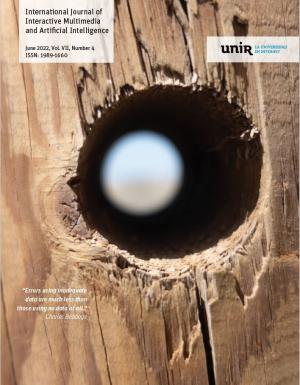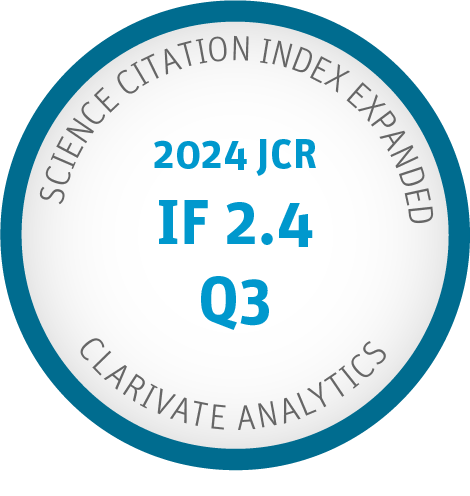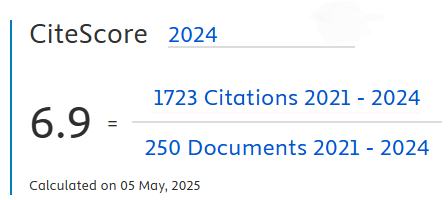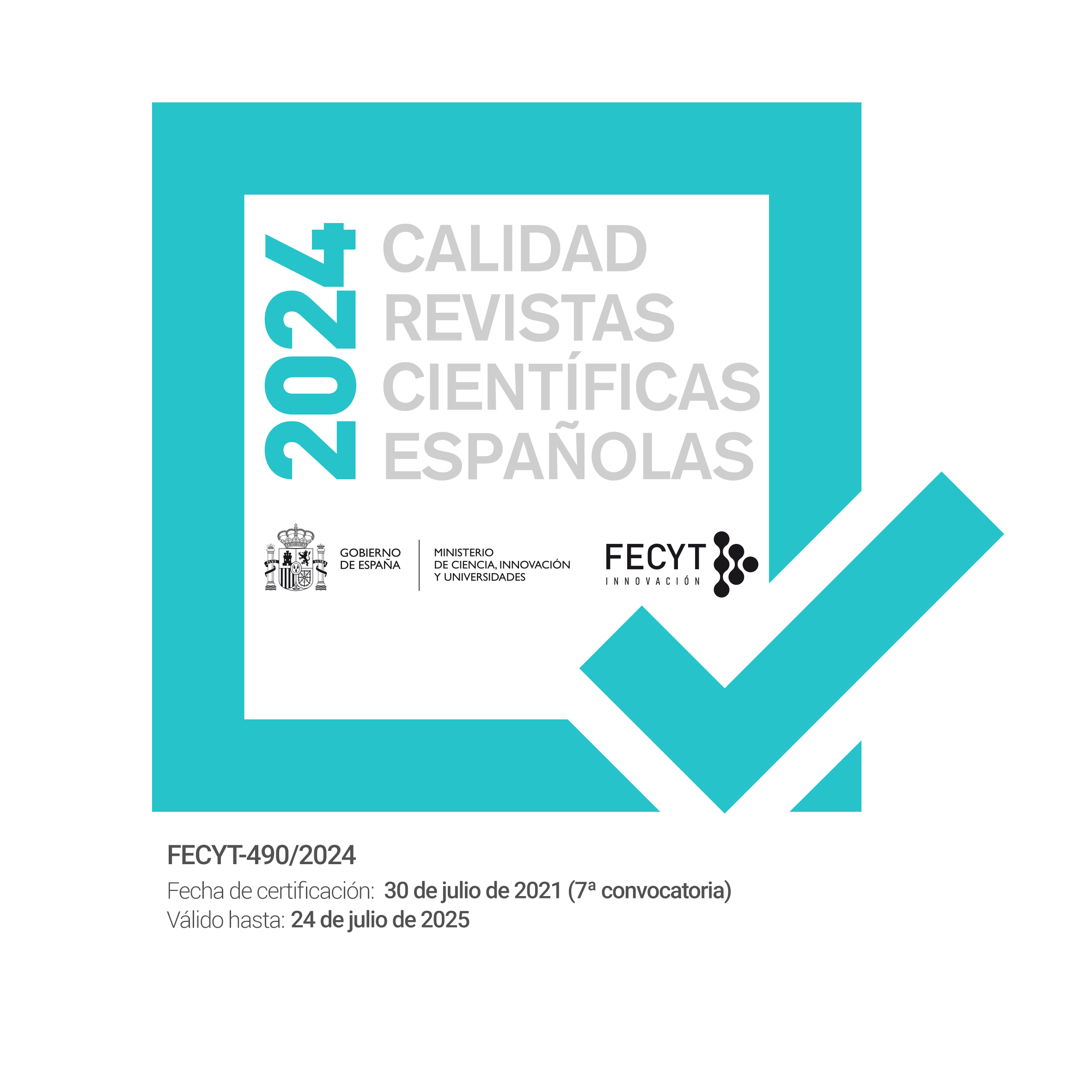Towards the Grade’s Prediction. A Study of Different Machine Learning Approaches to Predict Grades from Student Interaction Data.
DOI:
https://doi.org/10.9781/ijimai.2021.11.007Keywords:
Artificial Intelligence, Grade Prediction, Machine Learning, Prediction TechnologyAbstract
There is currently an open problem within the field of Artificial Intelligence applied to the educational field, which is the prediction of students’ grades. This problem aims to predict early school failure and dropout, and to determine the well-founded analysis of student performance for the improvement of educational quality. This document deals the problem of predicting grades of UNIR university master’s degree students in the on-line mode, proposing a working model and comparing different technologies to determine which one fits best with the available data set. In order to make the predictions, the dataset was submitted to a cleaning and analysis phases, being prepared for the use of Machine Learning algorithms, such as Naive Bayes, Decision Tree, Random Forest and Neural Networks. A comparison is made that addresses a double prediction on a homogeneous set of input data, predicting the final grade per subject and the final master’s degree grade. The results were obtained demonstrate that the use of these techniques makes possible the grade predictions. The data gives some figures in which we can see how Artificial Intelligence is able to predict situations with an accuracy above 96%.
Downloads
Downloads
Published
-
Abstract155
-
PDF15








